Did you know that there are around 10,000 species of birds? Nobody knows the exact number. Ornithologists, people who study birds, still regularly find new species. What we do know, however, is that birds are extraordinary animals.
Read on to learn facts about birds, including different types of birds, what they eat, and how they evolved to have some amazing talents. In particular, find out more about tropical birds, migratory birds and seabirds, many of which you can visit and experience at SeaWorld Yas Island, Abu Dhabi.
A welcome note from Jason Medina
All About Different Types of Birds
All birds have a beak, wings and feathers, and they all lay eggs. Beyond these basic similarities, birds have an appearance and skillset unique to their species. Compare a sparrow to a swan, a parrot to a penguin, or a hummingbird to a harrier, and you will soon realize that the birds of the world are incredibly diverse and exciting.
Ornithologists use taxonomy, a classification system that organizes species into groups. Historically, these groups were organized by morphology--what they looked like and how similar they are to other species. Most recently, they use DNA analysis to determine taxonomy and relatedness. One such classification group is called a Family. Here are some familiar Families of birds:
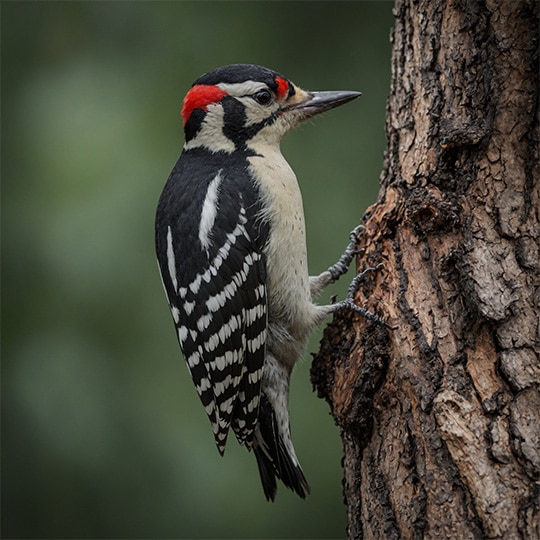
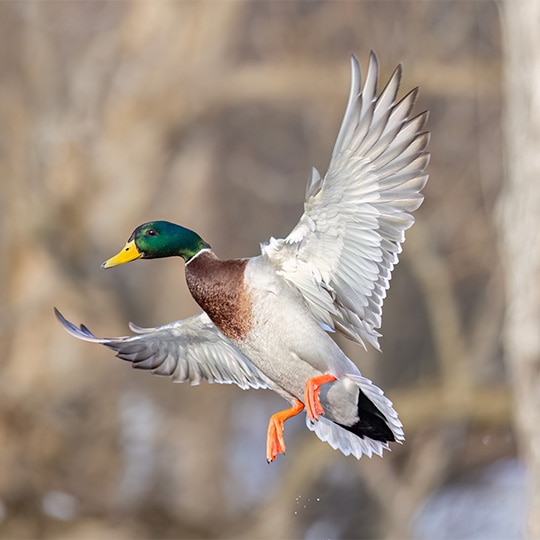
All About Habitats: Where Do Birds Live?
Birds prefer to live close to a source of water and their preferred food, plus have a safe place to shelter and build nests to raise their young.
Birds live in a diversity of habitats like forests, the seashore, and wild open spaces like grasslands. In addition, you’ll also see birds in tropical jungles, on the ice of the Arctic and Antarctica, and amongst humans on the busiest of city streets.
Birds have evolved in some spectacular ways to thrive in some challenging environments. Here are a few examples:
- Kiwis, native to New Zealand’s forests, cannot fly. However, they have developed strong legs that mean they can create burrows underground for safety and nesting.
- Ducks and other lake waterfowl have evolved webbed feet that make them great swimmers. Their long beaks and necks are ideal for collecting food beneath the water’s surface.
- Tropical birds, such as parrots and macaws, are usually brightly colored. This is to blend in with the colorful flowers of the jungle, as well as to look appealing to a potential mate. These birds are capable of agile flight amongst the dense trees.
Tropical Birds at SeaWorld Abu Dhabi
There are various tropical birds in the Tropical Ocean realm, where zoologists and marine biologists have created a vibrant multi-species habitat of rainforest and lagoon. You can encounter wading flamingos, toucans, spoonbills, macaws and parrots soaring above the dolphins, rays and tropical fish.
A Spotlight on Migratory Birds
One of the most fascinating things we know about birds is that many bird species migrate. This means that they travel long distances between two habitats, sometimes as far as between two countries or two continents. Birds migrate to avoid cold temperatures or to find more plentiful sources of food, so their migration habits are usually linked to the seasons.
Some migratory birds return to the exact same nesting sites each year, even when they need to travel thousands of kilometers to do so. This amazing feat isn’t fully understood by scientists yet, although the evidence supports that migratory birds are born with a sort of internal compass that helps them on their way. The UAE welcomes around 2 million migratory birds each year, many of which use the area as a site for refueling before continuing their journeys north or south.
Here are some incredible examples of bird migrations:
- The Northern Wheatear, a, small, thrush-like bird, travels from Alaska to sub-Saharan Africa and back each year, a journey of over 15,000 km.
- One incredible bird species travels from the Arctic Circle to the Antarctic Circle each year: the Arctic Tern. They are also a bird with a long life, and may travel from the Arctic to Antarctica and back again up to 30 times over their lifetime.
- The Rufous Hummingbird, at 7-8 cm long, is one of the tiniest birds to migrate. It travels over 6,000 km each way between Alaska and Mexico.
- Greater Flamingos are common birds in Dubai, Abu Dhabi and along the UAE coastline. Flamingos tagged in the UAE have been tracked to various destinations, including Iran and Turkey. They are found here year round as well as being migratory.
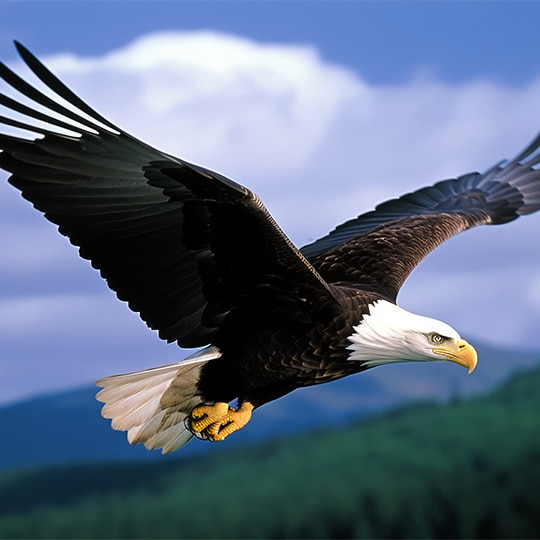
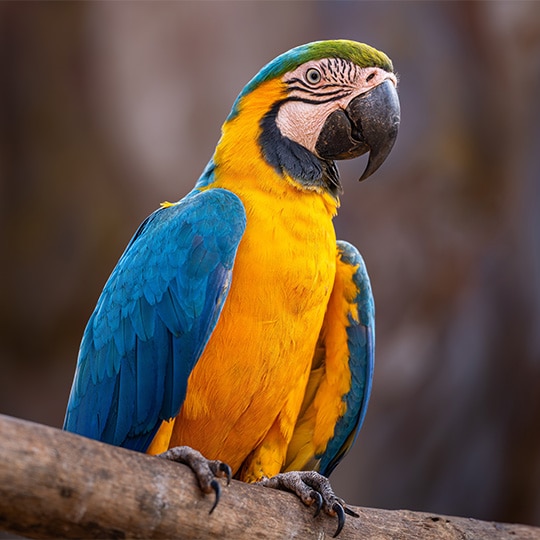
All About Diet: What Do Birds Eat?
Are birds herbivores, carnivores or omnivores? There are bird species that fit all these categories. Many birds of prey eat nothing but the small animals they catch, meaning they are carnivores. Some birds, like hummingbirds and the Canada Goose, eat mostly plants, so they are considered herbivores.
Most birds are omnivores, meaning they eat a combination of insects or small animals and plant life. Some birds have found some amazing ways to feed themselves.
- Woodpeckers use their piercing beaks, long tongues, and headbanging action to dig for bugs hidden in tree bark.
- Roadrunners prefer running to flying and are able to run at speed across their desert habitats to catch the small reptiles, mice and insects they like to eat.
- Hummingbirds have tiny, slender beaks and long tongues to extract nectar from flowers.
A Spotlight on Seabirds
Seabirds spend their life in a marine environment. There’s a spectacular range of birds that make the ocean or seashore their home, including gulls, pelicans, cormorants and penguins.
Seabirds are mostly carnivorous, feeding on marine animals like fish, mollusks, and even other birds! This diet means that seabirds are required to be great at either diving or fishing. Some seabirds, like curlews and oystercatchers, have long beaks, which are useful as a probe for picking out tasty snacks from the seashore and rock pools. Other marine birds like penguins and cormorants are incredible divers, heading below the surface to catch fish.
Here are two of the world’s most amazing seabird species:
- The wandering albatross has the largest wingspan of any bird at up to 3.5m. They use their mighty wings to glide for hours without even a flap. They can spend years flying and floating out at sea, only coming to land to raise their young.
- Emperor penguins live in Antarctica. You can sometimes find up to 5,000 penguins huddled together for warmth. When a female lays an egg, her male partner balances it on his feet for months to keep it warm and off the ice before it can hatch safely.
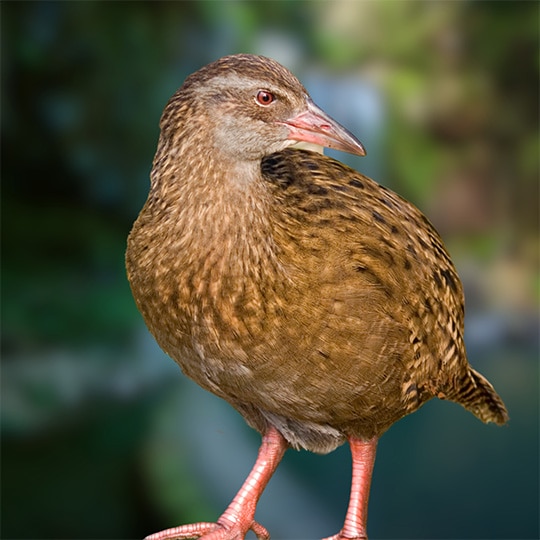
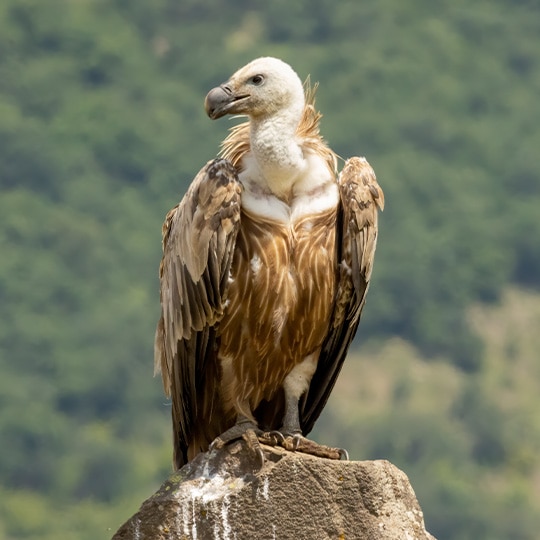
Seabirds at SeaWorld
- The Antarctica realm at SeaWorld Abu Dhabi is home to six species of penguin, including King Penguins and Adelie Penguins.
- In the Arctic realm, before riding the immersive Hypersphere 360, check out the delightful puffins at SeaWorld Yas Island, Abu Dhabi.
- In the Tropical realm, enjoy the beautiful and distinctive dark tern of the Humboldt Current. Watch them as they swoop around their habitat and land on the rocks, as they do in their natural habitat.
Protecting and Conserving Birds
Around 12% of bird species are threatened with extinction and the numbers of many more species are declining, too. Species of Macaws and Toucans, and the Wandering Albatross discussed here are amongst the birds whose numbers are decreasing.
People around the world can help protect birds in many ways:
- By studying birds to better understand their diet, habits and habitats.
- By raising awareness about endangered birds and advocating for them in their local area.
- By protecting key bird habitats and creating nature reserves and bird sanctuaries.
- By reducing the human impact on bird populations (i.e., by lessening pollution and plastic waste that impacts bird habitats).
Learn More About Birds at SeaWorld Yas Island, Abu Dhabi
There’s so much more to know about birds. Want to find out more? Get up close and personal with a range of SeaWorld animal experiences that allow you to explore bird habitats as diverse as the rainforest and the Arctic without leaving Abu Dhabi.
Did you like reading our story?
If you enjoyed or learned something from this story, sign up for our newsletter and be among the first to know when a new story comes up! Please enter your email below.



